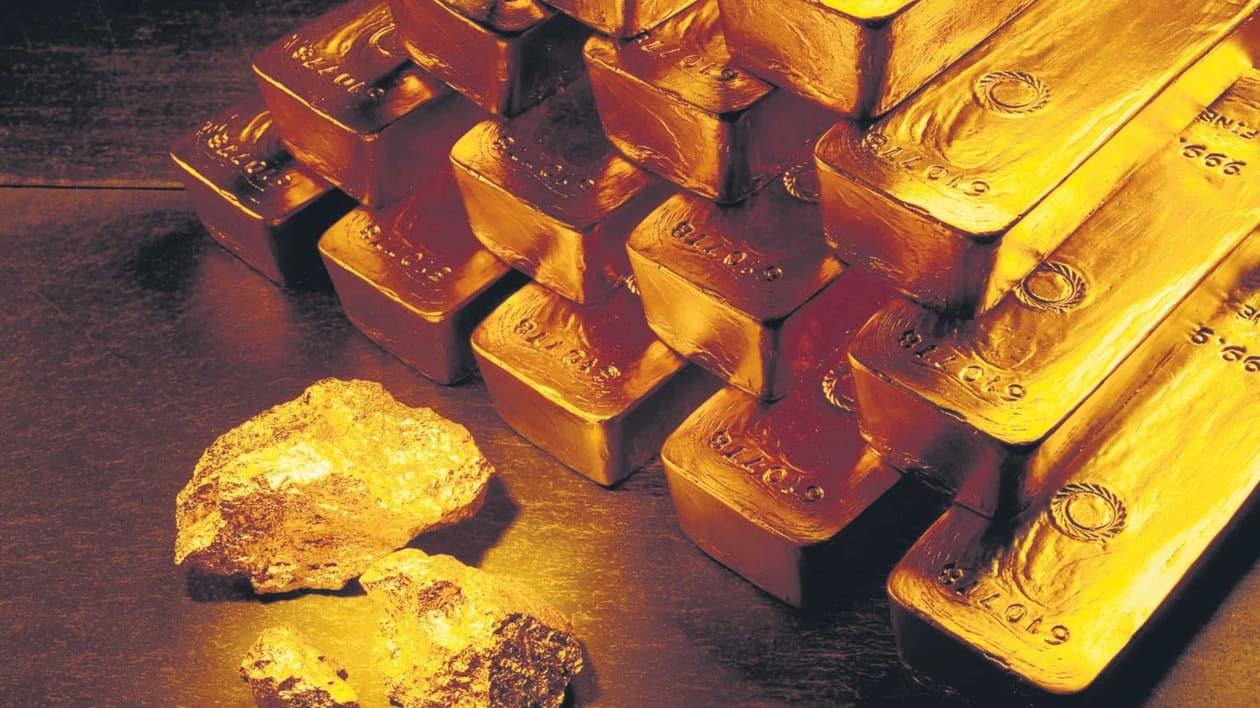On March 20, the gold prices in terms of rupees recorded a new high of ₹59,233 per 10 grammes, while crossing the ₹60,000 mark in its intraday session. However, on the backdrop of UBS Bank's plans to purchase Credit Suisse and Federal Reserve's policy meeting, there were some corrections in the prices. Since last week (March 13), the gold has gained more than 6% in terms of both rupee and dollar.
According to Bank of Baroda Ltd's economist Dipanwita Mazumdar, it is interesting to analyze the variables that have historically influenced gold prices. The key, in her opinion, lies in the direction of the US Dollar Index (DXY).
"In general, an appreciating dollar puts downward pressure on gold, ceteris paribus. In the current context, with dried-up liquidity and ongoing banking crisis, DXY is unlikely to trade with an appreciating bias. The Fed has kept its statement cautious, indicating that decisions will be data-driven. This indeed would push up gold demand with the safe haven factor coming into play. We expect an upside to gold price to persist, and touching the US$ 2,000/troy ounce might be likely. All in all, as an asset class, inclination may continue to be towards the 'good old gold'. The shimmer of gold might further pinch the core inflation number going forward," Mazumdar said in Bank of Baroda Research's report.
Let's explore the four variables that influence the price of gold, according to the economist.
Demand dynamics
Demand for gold rose, particularly as global central banks firmed up their holdings. According to the report, the demand for gold increased from 11% in calendar year (CY) 2021 to 24% in CY 2022. As per the World Gold Council, Turkey and China were the two main buyers. A noteworthy development was the People's Bank of China (China's central bank) reporting its first-ever rise in gold reserves in CY2022, an event last seen on September 19.
"Hedging against inflationary risk and geopolitical uncertainty may be cited as primary reasons towards increased holdings," said Dipanwita in the report.
Uncertainty with regard to macro fundamentals globally
For major developed economies, inflation stayed above target levels for a large part of CY2022. There were periods of significant volatility in growth prospects between CY2022 and CYTD 2023. Central banks worldwide struggled with the rising inflation.
According to the report, synchronised slowdowns were observed for major economies such as the US (real gross domestic product (GDP), year-on-year (YoY) moderated to 2.1 in CY22% from 5.9% in CY21), Eurozone (real GDP, YoY moderated to 3.5% in CY22% from 5.3% in CY21), Japan (2.3% from 1.1%) and China (3% from 8.4%).
Financial conditions have stayed stricter, with the Federal Reserve, European Central Bank (ECB), and Bank of England (BoE) all reversing major stimulus actions taken during the Covid times and raising rates by 475, 350, and 375 basis points, respectively, in the current cycle. This has heightened the demand for gold as a safe haven.
Dollar and Gold
Gold prices as an asset class are inversely related to the DXY. However, given that the gold is priced in dollars, a rise in the dollar should potentially make the metal less appealing as an investment, which may eventually result in a drop in demand, and vice versa.
"On most of the occasions, we have seen this negative relationship hold true. In fact, in the longer series, since 2000 onwards, the correlation coefficient between DXY and gold price was -0.28. For a short-term series since 2022, the correlation coefficient was -0.76," said Dipanwita in the report.
Exchange-traded funds (ETF) driving demand for Gold
In CY2022, the outflow from gold ETFs drastically decreased to 110 tonnes from an outflow of 189 tonnes. Basically, gold ETFs are units that represent physical gold that may be in paper or in dematerialized form.
The report claims that the funds raised through gold ETFs is increasing, even in India. Future investments in this sector would increase if the price of gold rose.
"This is significant because in India there are several options of dealing in gold such as spot trading, gold bonds, and futures market where one can derive benefits that flow from gold as an investment," said Mazumdar in the report.
